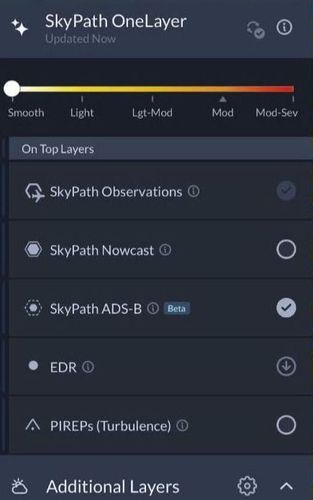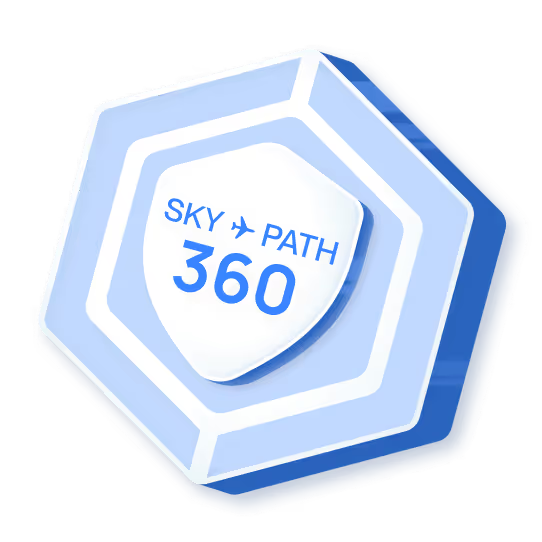Turbulence is increasing in recent years due to changing weather patterns, causing injuries, delays, and passenger discomfort. While many instances of turbulence could be avoided with timely and accurate information, traditional weather forecasting hasn’t kept pace. Now, SkyPath and Zeus AI are teaming up to change that.

One challenge in forecasting turbulence is the lack of data in the upper atmosphere around 200 hPa where commercial flights typically operate. Traditional weather models rely on radiosondes, or weather balloons, which are released just twice per day, leaving large gaps. Meanwhile, instruments like microwave and infrared sounders provide detailed temperature and humidity profiles, but their complexity often exceeds the assimilation capabilities of traditional weather models.
That’s where Zeus comes in. Their foundation model, EarthNet, ingests dozens of observation types, also known as modalities, to build a complete picture of atmosphere in near real time.
By learning relationships across modalities, EarthNet can fill in the gaps and generate fully observation-based forecasts. EarthNet inputs include conventional weather observations as well as custom derivations like 3D atmospheric winds at dozens of levels.
With Zeus data, SkyPath’s turbulence prediction model, Nowcasting, just got a major upgrade: smarter and more accurate than ever. We’ve integrated Zeus AI as a cutting-edge new data source, adding best-in-class atmospheric insights to their already robust model. A machine learning model is only as good as the data it gets trained on, and by combining Zeus AI with SkyPath’s real-time observations and existing weather inputs, the model's accuracy has improved significantly.
The result? Better prediction, prevention, and mitigation of turbulence. Nowcasting is available throughout SkyPath's data ecosystem, and provides pilots, dispatchers, and risk management teams with the information they need to make air travel safer, and it keeps getting better every day.




